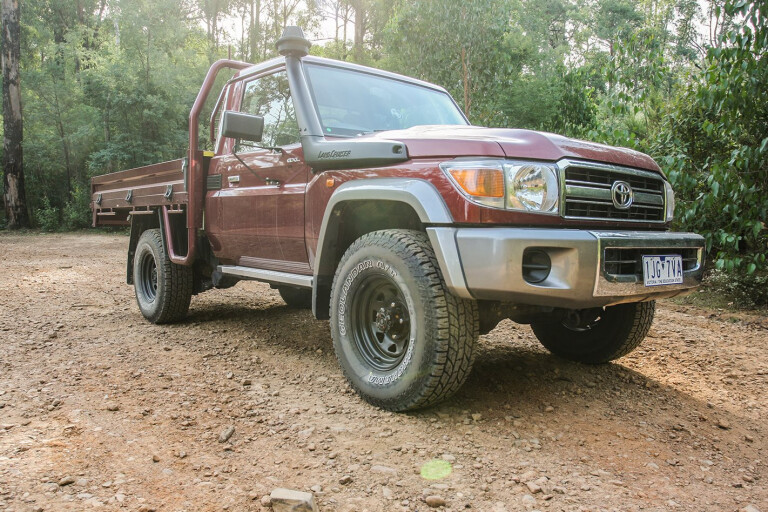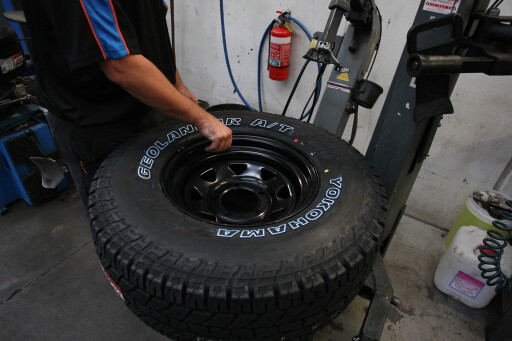
IN THIS job, two questions stand out head and shoulders above anything else in terms of how often I get asked them.
The most common, by a long shot, is ‘what’s the best four-wheel drive?’ My standard answer to that is whatever model of 4WD I’m driving on that particular day. But, in all seriousness, it’s whatever 4WD gets you where you want to go.
Five tips for longer-lasting tyres
The second most common question is ‘what’s the best tyre?’ My answer: the one with air in it.
A tyre holding air and still attached to the wheels on your 4WD should get you where you want to go. To me, that’s the most important requirement of a tyre. I once read a tyre article that started with the line, ‘Tyres come in all shapes and sizes..’, the writer was right about sizes, but they last time I looked they were all pretty much the same shape – round and black. And if they continue to hold air (ie, don’t get punctured) they’re doing what I ask of them.

The second most important thing I look for is tyre feel. They’ve got to give a comfortable ride. It’s no fun if the tyres give a harsh and jittery ride when you’re driving long distances, as it fatigues the driver and makes driving a chore. Feel through the steering wheel is just as important, and the vehicle should track straight and respond well to steering inputs to ease stress and fatigue on the driver. This is where having the right tyres at the right pressures is vital.
A properly maintained vehicle is also important. Tyre pressures are the easy one, but consumables such as wheel bearings, ball joints, steering links, suspension bushes and shock absorbers all effect the way a vehicle feels and steers and how much effort a driver has to make to keep the car on the track.
The best tyres in the world won’t cover up a worn and loose front end, so having it checked over by a qualified mechanic before you replace your tyres is a good idea on any vehicle – particularly older, high-mileage vehicles.
Then, once your front end is right and the new tyres have been fitted, complete the job with a good wheel alignment, preferably by someone who knows 4WDs and the specific requirement they have.
Driving on fresh rubber can transform your vehicle, as we found when we put some new boots on the 79 recently – even though the OE tyres only had 6500km on them. They made the truck steer and point better, but the heavier constriction of the Light Truck tyre gave a harsher ride, so we dropped the presses a bit to smooth it out. This will require careful monitoring of the tyre wear to make sure they aren’t too low, but that’s something anyone can do.



COMMENTS